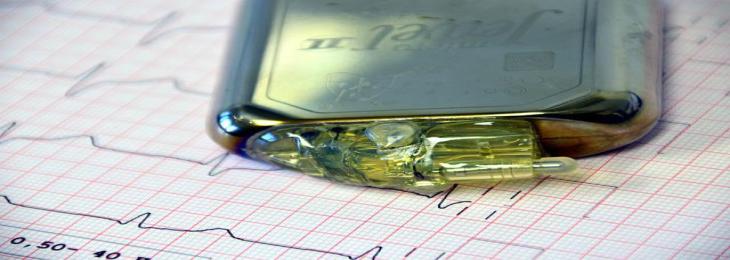Jul, 2022 - By WMR

Researchers developed a noninvasive battery recharge system that uses ultrasound applied externally, which could be used for charging pacemaker batteries
With increasing geriatric population and technological advancement, the number of people adopting implanted electronic devices is also increasing all over the world. A team of scientists at the Korea Institute of Science and Technology (KIST) now developed a noninvasive battery recharge technology that uses ultrasound applied from outside of the body. According to the scientists this technology could be used for charging batteries of pacemakers and other under water devices, such as sensor that are used to monitor conditions of submarine cable.
There are various devices that are used for charging the batteries of different electronic devices such as smartphones. However, these chargers work over limited distance. These charging devices have such other limitations. Thus, the team of scientists at KIST developed an implantable charging system that is powered by ultrasound. This system could be used for implants such as pacemakers. This new system as reported by the team uses triboelectric effect, where specific materials get electric charge as they get rubbed against each other. This effects causes static charge when a person combs their hair. In this device, when ultrasound waves are applied from outside it generates thin layers of triboelectric and ferroelectric materials for vibrating back and forth between two layers of electrode. With this an electric current is produced that could be utilized for charging a battery.
The team tested the setup in the lab, where it generated charging power of 8 milliwatts when the emitter and generator both were underwater 6 cm apart from each other. This charging power could be used for illuminating 200 LEDs or for transmitting a Bluetooth signal underwater. The results of this tests concluded that this technology could be used in undersea technologies in future.

We will be happy to help you find what you need. Please call us or write to us: